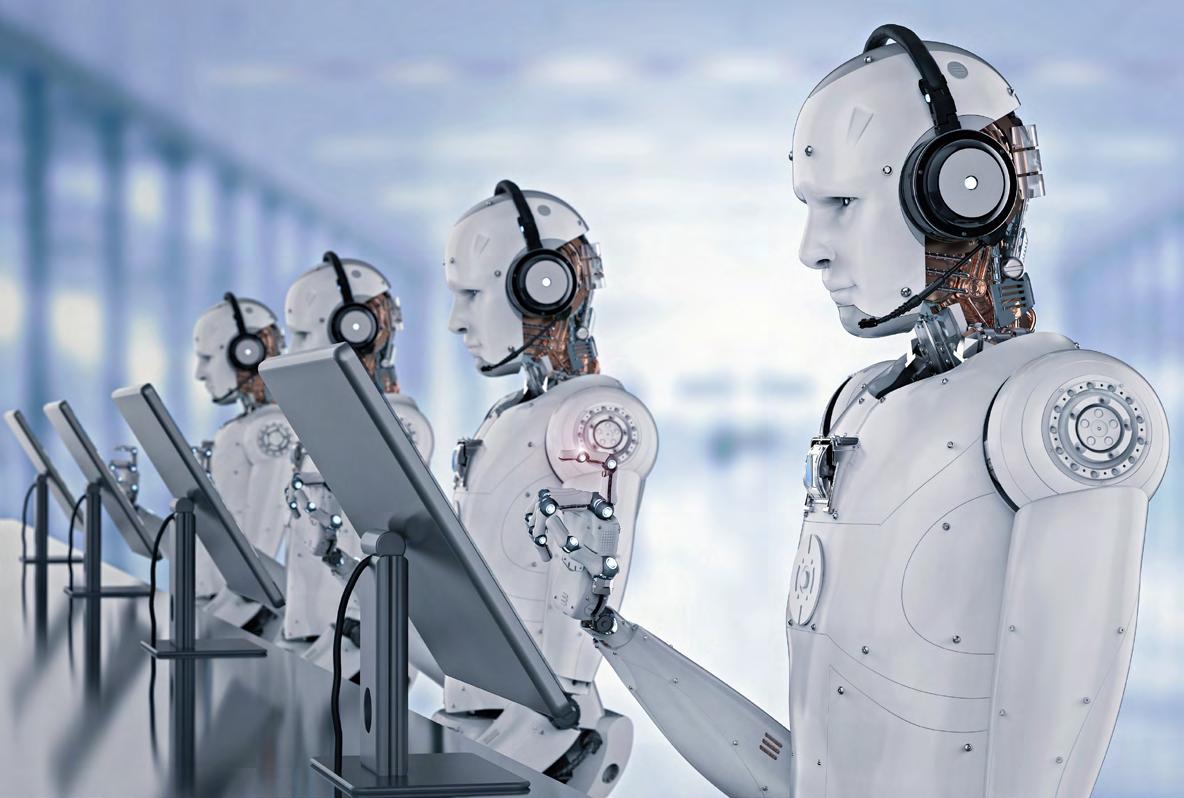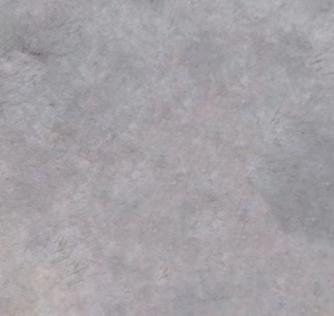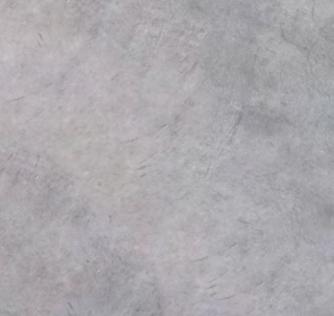
1 minute read
THE GLASS BEAD GAME 2.0


Advertisement
A Possible Future Of Cultural World Heritages In The Age Of Ai



by David Bartosch
HUMANITY’S CULTURAL POTENTIALS, WORLD VIEWS, AND IN/TANGIBLE HERITAGES HAVE BEEN TRANSLATED INTO FLOWS OF BINARY CODED LIGHT EMISSIONS OR MICROWAVE SIGNALS, THEREBY EXISTING AS VIRTUAL IMAGES. THEIR INFORMATION HAS BEEN MULTIPLIED THROUGH THE WORLD WIDE WEB. MEANWHILE, LIGHTNING-FAST “WEAK” AI TECHNOLOGY RUNS THE GLOBAL STOCK MARKETS.
The military plays with AI, while AI developers loose track in comprehending what it does. Trained by specialists and global database, AI wins art competitions, composes music, beats world champions at Go, etc. ChatGPT uses its users as “mental pasture” for reinforced AI-learning from human feedback (RLHF). This is fascinating, but it also means reward without efforts and outsourced human creativity, loss of comprehension.

In 1986, Timothy Leary published an article called “Artificial Intelligence: Hesse’s Prophetic ‘Glass Bead Game’.” The novel from 1943 (which earned Hermann Hesse a Nobel Prize in 1946) portrays a future AI information society, “a Golden Age of mind,” which is based on “new thought technology,” Leary said. But Hesse’s AI is not “open” for the public. In fact, today’s experts say that we should be on high alert in regard to unrestricted use.
In Hesse’s vision, only an elite guild of the best of the best of the most intelligent, talented, and gifted universalists—chosen on the basis of their merits and sheltered from private interests, is enabled to interact with AI wonderland.
Hesse’s, as I call it, superhumanism is a precondition for the long-term sustainability of natural human consciousness and reason in connection with AI. It provides inspiration for the proper preservation, comprehension, and subsequent absorption and further processing of ancient and more recent cultural memories, and for a balanced technological evolution. Hopefully, Hesse’s basic idea will be translated into existence in some kind of form. There is no time to waste.











